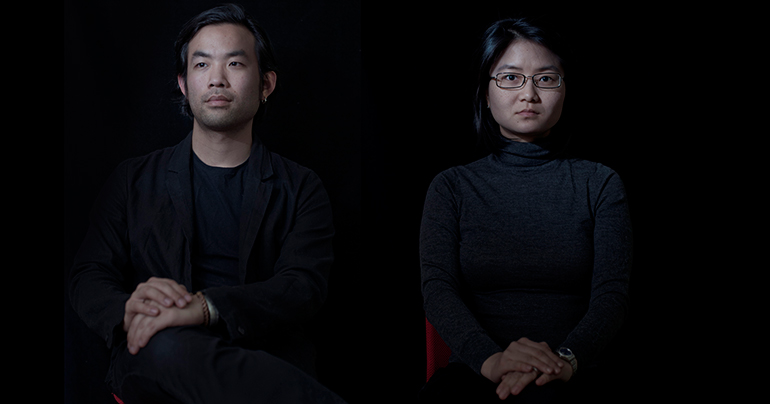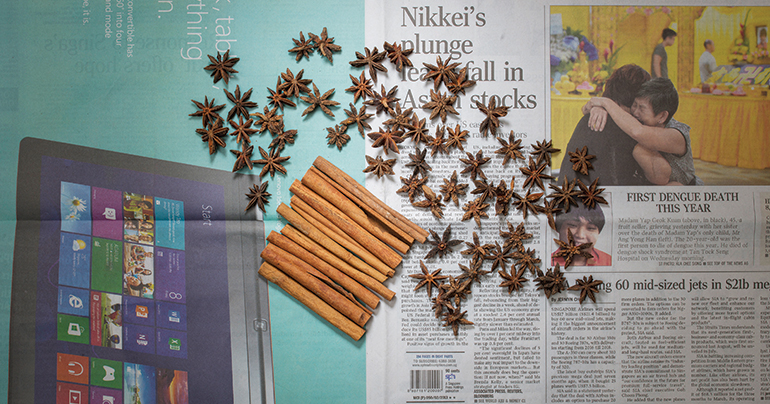Since 2010, photographer Stefen Chow and his economist partner Lin Huiyi have been challenging perceptions of what it means to be poor across the globe. Their award-winning project The Poverty Line, which will exhibit at this month’s George Town Festival in Malaysia, compares 29 countries through photographs of the food choices available to those living on the poverty line in a particular country

How did the Poverty Line project get started?
We decided to come up with a project that attempted to answer the question: What does being poor mean? We found that the question seemed very simple, but then as we started diving into what we knew about the subject, we realised that we had misconceptions. We started diving into figures – for every government, there’s a census that basically calculates where the poverty line starts within a society. [What] we found was that the poverty line in China was 3.28 yuan ($0.45) [per day]. To me, it didn’t feel like a lot. So, we went to the markets to buy food and realised that indeed you [have] some choices. You can get a bunch of vegetables, you can get a single chicken breast. It dawned on me that using food as a subject, [we could] change the conversation, because everyone, no matter whether you live in the top of the society strata or someone struggling below the poverty line, has access to food every day. But it is the choices that define our well-being. [So we] used food as a way to challenge our notion of what poverty is.

How do different governments define poverty?
The world, by a lot of standards, is still divided into developing countries and developed countries. The calculation and the way that they define [being] poor are actually different. Developing countries will usually calculate the poverty line using absolute poverty. Simply defined, it’s seen as a survivability line – how much you need in order to survive. And this is often calculated based on caloric diets. Whereas for the developed world, the calculations are different… What you find is this is more of an expectation of what a person should have in terms of choices. For us, it’s fascinating to realise that in some ways, poverty is defined as the way we would expect, but the factors surrounding it are a lot more complicated. We try to state this in a very simple, visual way. What visitors will see is a single picture of food placed on newspapers, and the food would be the food choice based on the budget defined by their own country’s government at that particular time. So, you might see some bread in a German newspaper or you might see a single piece of octopus in Japan.
[manual_related_posts]
How have your perceptions of poverty changed?
At the very beginning, we saw this as a problem for developing countries. But if you dive a little bit deeper, you realise that even developed countries have very deep issues surrounding poverty as well. And perhaps [there] is not a straightforward way to compare a developing country with a developed country like Japan, but in countries where there are high costs of living and high development rates, very often people that fall through the cracks of society find it extremely burdensome to survive. For our project, [we did not want to] paint a positive or negative picture – what we are doing is to go right to the sources, cite it as factually as we can, but put it in the context of art. It lets people think about this issue, and for us, I think that’s really the purpose of the work.
This article was published in the August 2018 edition of Southeast Asia Globe magazine. For full access, subscribe here.

